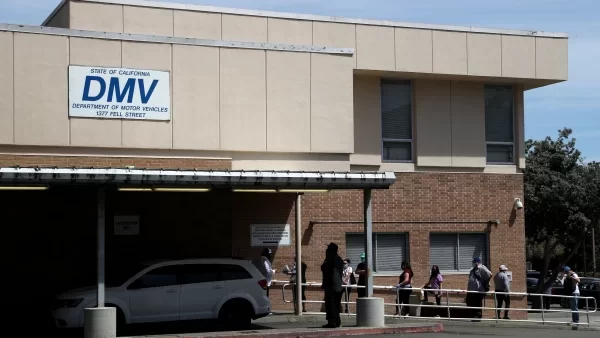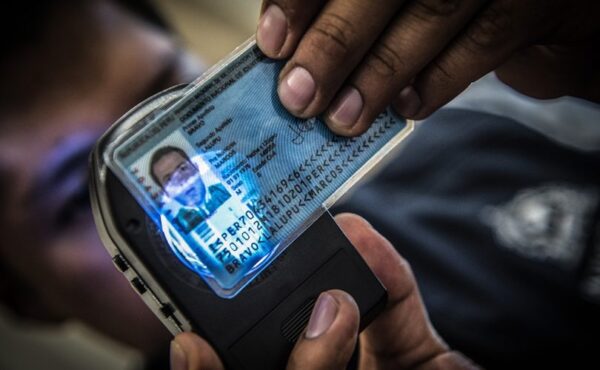We Offer Both Real (registered) and Fake (unregistered) Documents
What are the Difference Between Real and Fake Documents can be identified by specialists located in the USA and Europe like Idandpassports.com
We produce both real and fake documents. You just need to be sure which one you need. Both real and fake documents are produced using cutting-edge technologies, the same high-profile software and equipment used by governments and other authorized contractors they hire for their document needs. However, real documents are registered while fake documents are not.
That’s the ONLY difference. In terms of paper quality, graphics design, print quality, look/feel, and security features, they are both the same. This means you can examine both a real passport and a fake passport we offer and won’t be able to tell any difference between the two or between them and another obtained at the passport office.
The only difference between a real document and a fake document is that we use our extensive network to get the real document registered in their corresponding databases so that they can be confirmed by anyone verifying on those databases. A fake document, though having the same quality and features as a real document, is just paper and ink. It will pass all verifications except database checking since it is NOT registered on any database.
What are the 3 types of forgery?
There are three types of forgery: freehand simulation, tracing, and electronic manipulation. Here’s an overview of each:
- Freehand simulation: When a fraudster attempts to copy a signature, handwriting, or design using copies of the original documents.
- Tracing: Reproducing handwritten text, signatures, and designs using transmitted light or carbon tracing, where the fraudster places a blank sheet over the original and traces text and design elements.
- Electronic manipulation: Using photo editors to copy signatures or information and paste it into a fraudulent document.
How can you tell if a document is real or fake?
There are several ways to determine whether a document is genuine or fraudulent. The first step is to understand the purpose of the document. Is it being used as proof of identity? If so, you should absolutely verify the document’s validity before accepting it contact us
In the finance industry, commonly faked identity documents include bank statements, paychecks, IDs, Social Security cards, and insurance policies. The typical documents required to apply for loans are credit cards, mortgages, car loans, and insurance.
Finding alterations in these documents is crucial to determining their authenticity. It used to be possible to detect with the naked eye using high-powered magnification. Not so much today, thanks to technological advancements.
However, manually detecting pseudo documents is still possible if it’s done by amateurs. Things you can look for include:
- Missing or altered numbers
- Errors in the data (e.g., misspelled names)
- Altered text or images
- Unusual formatting
- Mismatched logos and addresses
compare documents to official databases
You can also compare documents to official databases to find inconsistencies. For instance, if a lot of your customers use Wells Fargo, Capital One, and other known banks, you can verify the authenticity by looking at their statements.
Unfortunately, this isn’t always enough to detect a counterfeit document. Photo editing tools allow criminals to manipulate photos and graphics quickly. So if you’re relying solely on visual inspection, it’ll be challenging to catch.
Fortunately, tools are available to assist you. Inscribe is an AI-powered fraud detection and automation platform that identifies inconsistencies in data, fonts, and format, as well as alterations like text boxes placed over documents.



